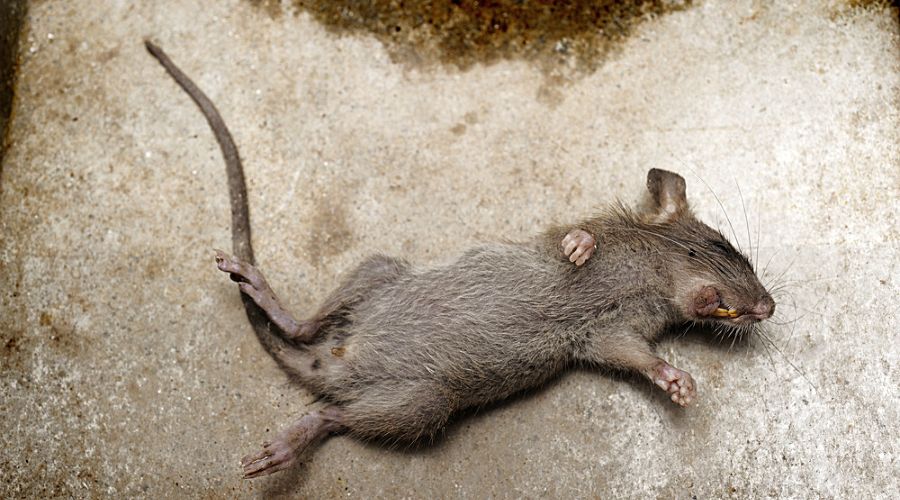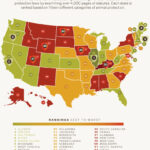In the realm of human coexistence with the natural world, the question of whether killing a mouse constitutes animal cruelty or mere pest control elicits substantial debate. Mice have long existed alongside humans, often thriving in environments that provide ample food and shelter. However, when these small creatures encroach upon human habitats, perceptions shift dramatically. As the discourse unfolds, it delves into ethical considerations, ecological impacts, and the intrinsic value of life, all of which form a complex tapestry surrounding the confrontation between humanity and these furry intruders.
First, it is imperative to frame the issue within the context of ecological systems. Mice, belonging to the family Muridae, play a significant role in various ecosystems. They serve as prey for a plethora of predators, including birds of prey, foxes, and snakes. By participating in the food chain, they contribute to the balance of nature. The sudden elimination of mice through lethal means can ripple through the ecosystem, potentially undermining the populations of their natural predators. This notion challenges the immediacy with which humans often view pest control; it emphasizes the interconnectedness of all species and invites reflection on the broader consequences of such actions.
Perceptions of mice often oscillate between endearment and revulsion. Their small size and quick movements can evoke a sense of charm, while their association with filth and diseases can ignite fear and disgust. This dichotomy presents a fascinating psychological phenomenon: humans are inherently drawn to the characteristics of these creatures that resonate with our own experiences of vulnerability. The way mice navigate their environments, forging paths in the dark and skillfully avoiding larger threats, also draws intrigue. Yet, this fascination is often overshadowed by the instinct to eliminate what is perceived as a threat to comfort and safety.
When contemplating the methodologies employed to deal with mice, one must consider the spectrum of pest control practices. Traditional strategies, such as traps and poisons, have been widely adopted. However, the efficacy of these methods raises ethical questions. Killing a mouse may offer a short-term solution, yet it often fosters an environment of suffering. The use of poison can lead to protracted deaths, causing immense distress to the afflicted animals. Furthermore, any lethal method necessitates a consideration of the suffering inflicted not only on the targeted mouse but also on other animals who may consume the poisoned host.
An alternative approach, often deemed more humane, is the use of live traps. These devices capture mice without inflicting immediate harm, allowing for relocation to a more suitable habitat. While this method minimizes direct suffering, it is not devoid of ethical implications. The relocation process can be fraught with challenges; mice removed from their established territory must adapt to a new environment, which may be fraught with dangers, including inadequate food sources and unfamiliar predators. This raises a poignant question: is the perceived humaneness of live trapping truly an unambiguous ethical solution?
The discussion surrounding animal welfare also intersects with cultural perspectives. Different societies possess varying beliefs about the treatment of animals, including mice. In some cultures, rodents are regarded with compassion and understanding, seen as fragile beings deserving of respect. Others view them strictly as pests, warranting swift eradication. The juxtaposition of these belief systems underscores the importance of contextualizing the act of killing within a larger cultural framework. Such variance also invites deeper contemplation about the moral responsibilities that humans bear as stewards of the earth.
The biophilia hypothesis posits that humans possess an innate connection to nature, suggesting that our emotional responses to animals—be they affection, disdain, or fear—stem from a fundamental desire to connect with the living world. In this light, the relationship with mice serves as a microcosm of broader environmental ethics. Reflecting on the impulse to exterminate mice can reveal underlying anxieties about the natural order and our place within it. What does killing a mouse say about the human condition? It reveals a struggle to assert dominance over nature while grappling with inherent guilt over taking a life.
As urbanization continues to encroach upon wildlife habitats, the encounters between humans and mice are becoming increasingly common. This ongoing encroachment prompts a reevaluation of human practices regarding pest control. Rather than defaulting to lethal means, humans are called to consider preventative measures. Securing food sources, employing dense construction, and utilizing natural deterrents can be effective ways to mitigate mouse populations without resorting to harm. Such strategies advocate for a symbiotic relationship with wildlife, celebrating coexistence rather than conflict.
Ultimately, the question of whether killing a mouse epitomizes animal cruelty or pest control cannot be definitively resolved. It encompasses a multitude of perspectives, ethical dilemmas, and ecological implications. Acknowledging the complexities of the situation is crucial for fostering respectful dialogue about our interactions with wildlife. Compassionate coexistence, informed by ethical reflection, necessitates a commitment to seek humane alternatives that promote both human comfort and the dignity of all life. As individuals navigate this terrain, a deeper understanding of the interconnectedness of all living beings may compel a shift away from violence and towards harmony—an essential evolution for the future of human-animal relationships.








